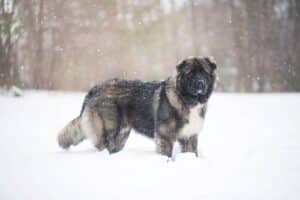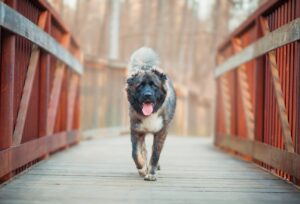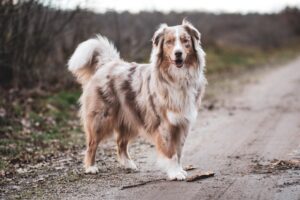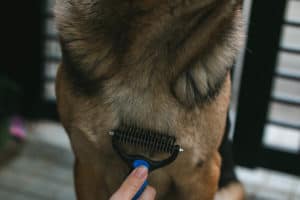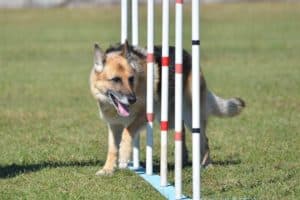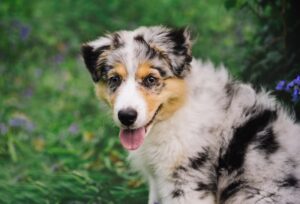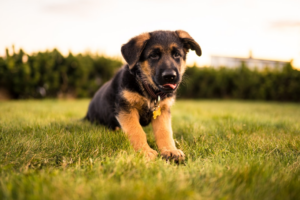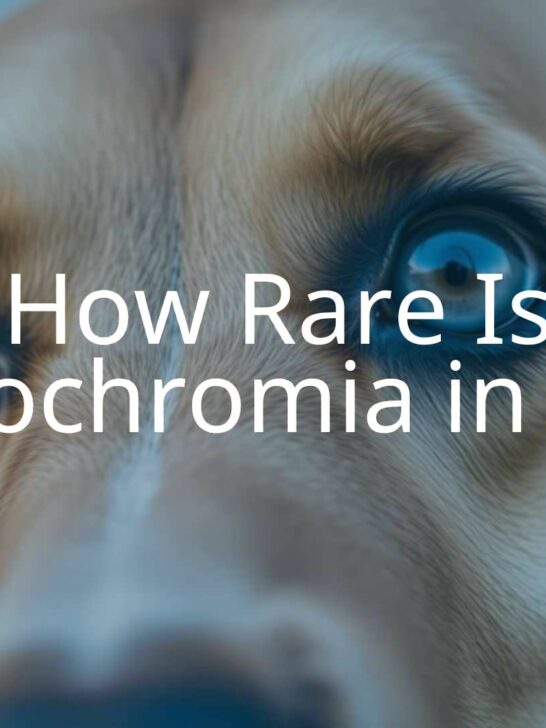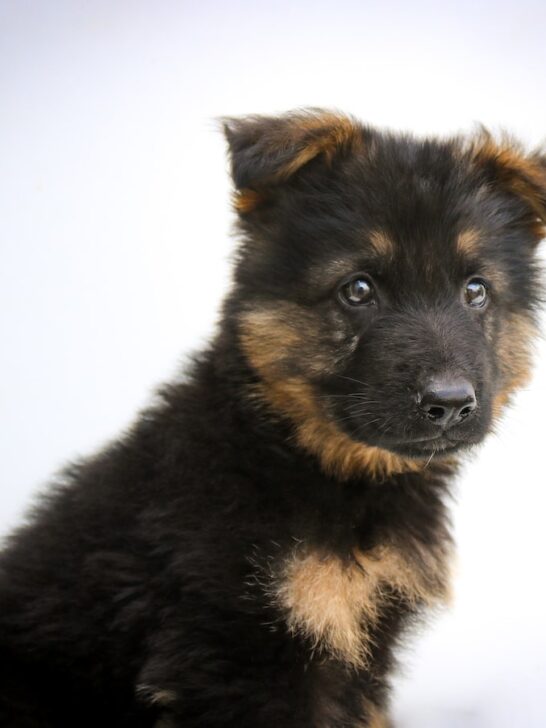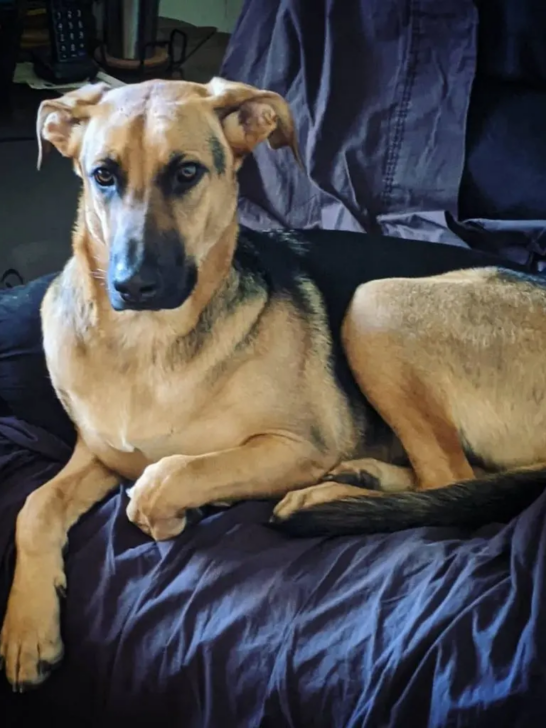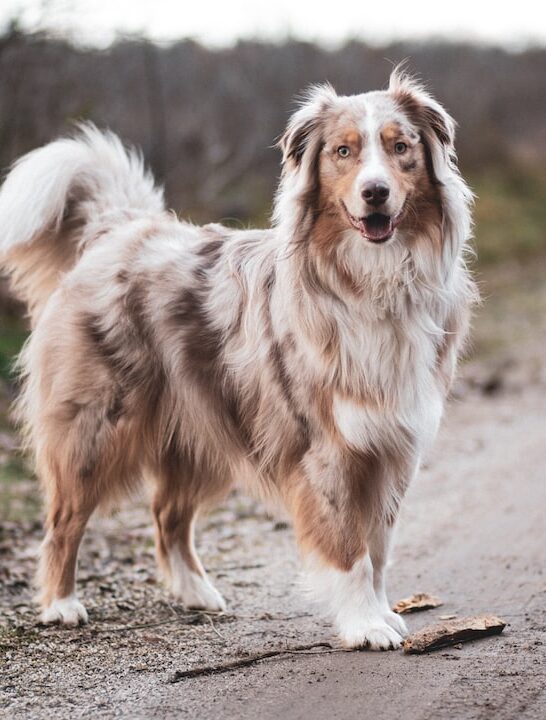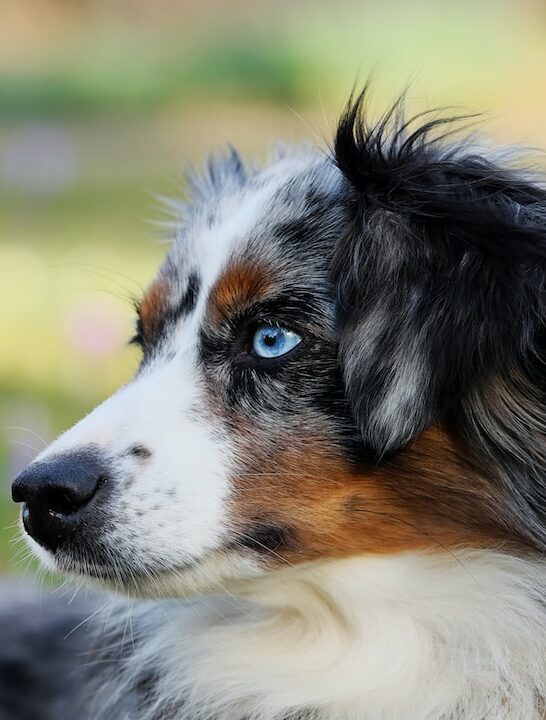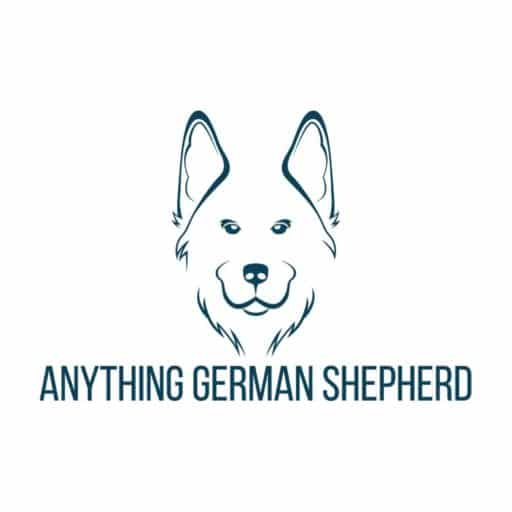Isabella German Shepherd: Everything You Need to Know
An Isabella German Shepherd is a rare type of German Shepherd Dog with a dilute and unusual coat color. This special shade happens because of certain genetic combinations that lighten the normal black and liver coat colors, creating a soft, pale look. Unlike the common black and tan or sable German Shepherds, Isabellas stand out and are sometimes called lavender or lilac German Shepherds because of their gentle tones. This article explains what makes the Isabella German Shepherd unique, covering its genetics, appearance, care, and other important details.
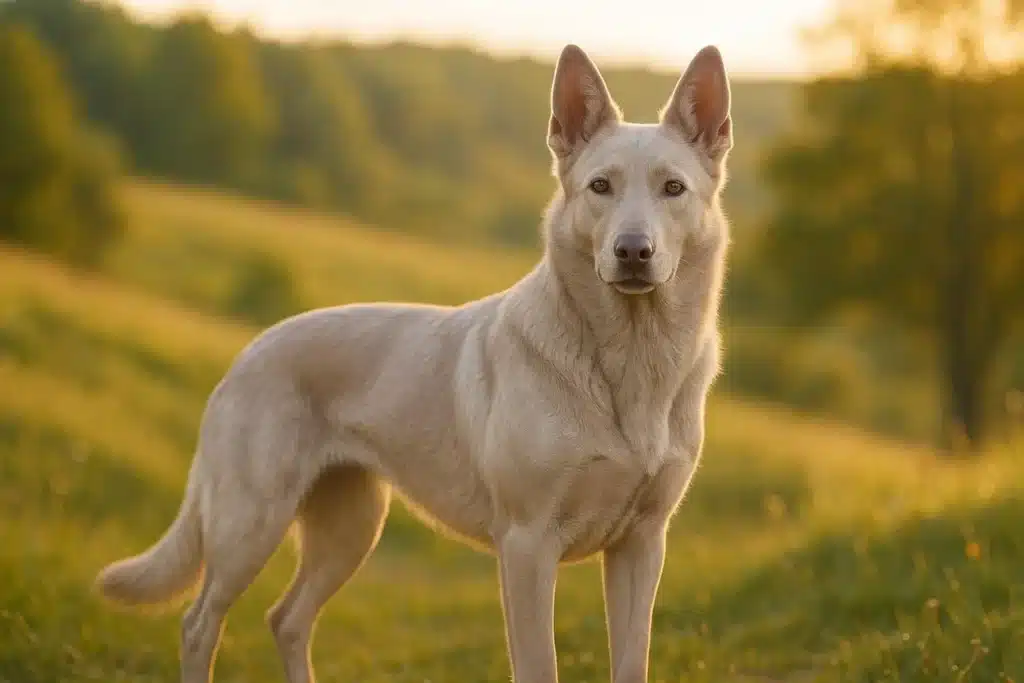
What Is an Isabella German Shepherd?
An Isabella German Shepherd is simply a German Shepherd with a faded, pale coat. It is not a separate breed, just a color variation within the German Shepherd breed. This coloring offers a quiet beauty that contrasts with the stronger, deeper colors usually seen in these dogs. Many people find the Isabella color interesting and rememberable because it is so different from the typical look.
Isabella Coloring Explained
The word “Isabella” is used for a specific diluted fur color. It starts with the liver (brown) color you sometimes see on German Shepherds and lightens it further using another gene that causes blue dilution. The result is a pale fawn, silvery beige, or even light color with a pink or purple tint in some lighting. This happens because of how certain genes interact, bringing out shades and tones that you don’t see in other German Shepherd colors.
How the Isabella Coat Differs from Other Colors
To understand the Isabella coloring, it’s helpful to compare it with traditional German Shepherd colors. Standard German Shepherds have clear, deep colors like black and tan, sable, or solid black. Liver-colored German Shepherds have brown instead of black due to a different gene. Blue German Shepherds look gray or slate because of yet another dilution gene. Isabella is created by both the blue and liver dilution genes working together-this double dilution is what produces its lighter, softer color. This is why Isabella looks different from either blue or liver German Shepherds.
Rarity and Recognition of Isabella German Shepherds
Isabella German Shepherds are not common. Breeders need to pair two dogs that both carry the right set of hidden (recessive) genes to produce this coat, so it’s less likely to happen than more usual colors. The fact that Isabellas are hard to find means they are often more expensive. Breed clubs do not accept Isabella as a show color, but these dogs are still purebred German Shepherds and can be just as healthy and strong as any other.
Genetics Behind the Isabella German Shepherd
The color of an Isabella German Shepherd comes from a particular set of genes. It requires a special combination to appear, so it’s not random.
Which Genes Cause the Isabella Color?
The Isabella color is due to two specific genes: the “blue” dilution gene (d/d) and the “liver” dilution gene (b/b). Both are recessive, meaning the dog must get two copies of each gene (one from each parent) to have the Isabella color. If a dog only has one copy, it won’t be Isabella itself but can pass on the gene. This need for a double set of recessive genes is why Isabella German Shepherds are uncommon.
How Two Dilute Genes Create Isabella Coloring
When a dog inherits both the dd (blue) and bb (liver) genes, its black fur first turns brown (liver), then gets lightened again by the blue gene, resulting in the Isabella color-a pale or lilac shade. This combination is why Isabella dogs have their unique color and why it’s different than just blue or just liver German Shepherds.
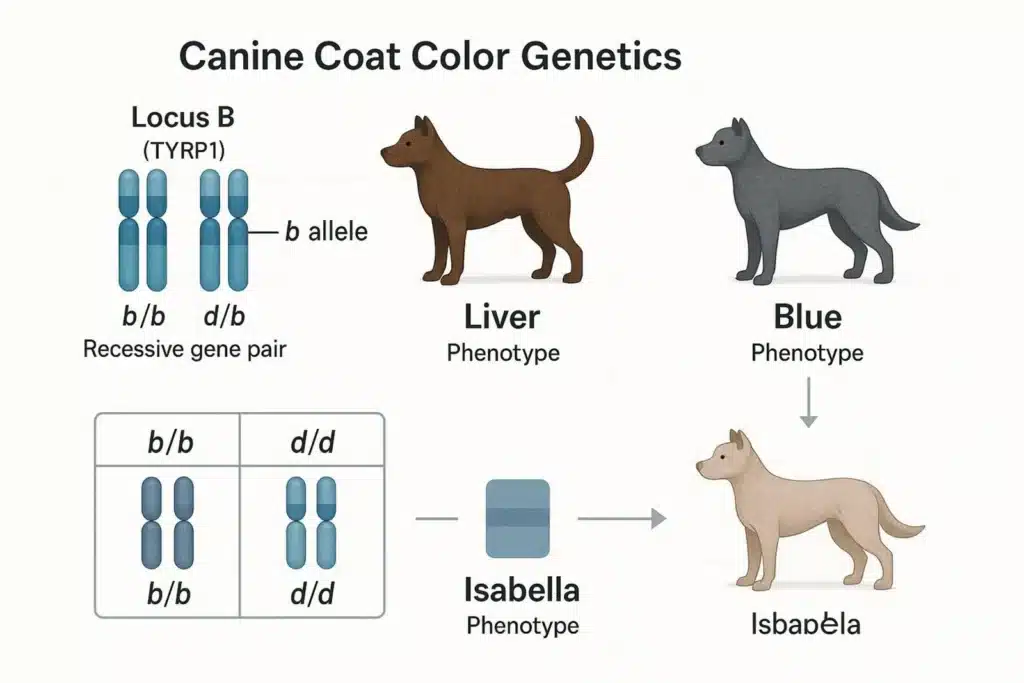
Difference Between Isabella, Blue, and Liver Colors
| Color | Genes | Appearance |
|---|---|---|
| Liver | b/b | Solid brown or brown/tan |
| Blue | d/d | Slate gray or blue-gray |
| Isabella | b/b + d/d | Pale fawn, beige, lilac, or silvery color |
The Isabella German Shepherd is the result of both genes. So, the dog has a much paler and softer coloring than you would see with only one dilution gene present.
What Does an Isabella German Shepherd Look Like?
The Isabella German Shepherd looks both soft and striking. Its appearance is unlike the deeper, standard colors of the breed.
Coat Color Patterns and Variations
- Main color: pale, muted shades such as fawn, beige, or silvery-lilac
- Patterns tend to be even or only lightly shaded
- No strong black and tan markings as seen in regular German Shepherds
- Each Isabella may look slightly different depending on the specific influence of their genes
Eye, Nose, and Paw Colors in Isabella Dogs
- Eyes: light brown or amber, not the usual dark brown
- Nose: usually liver (brown) or pinkish, not black
- Paw pads: also lighter, matching the rest of their dilute coloring
These lighter pigment details are clues that a dog is truly Isabella.
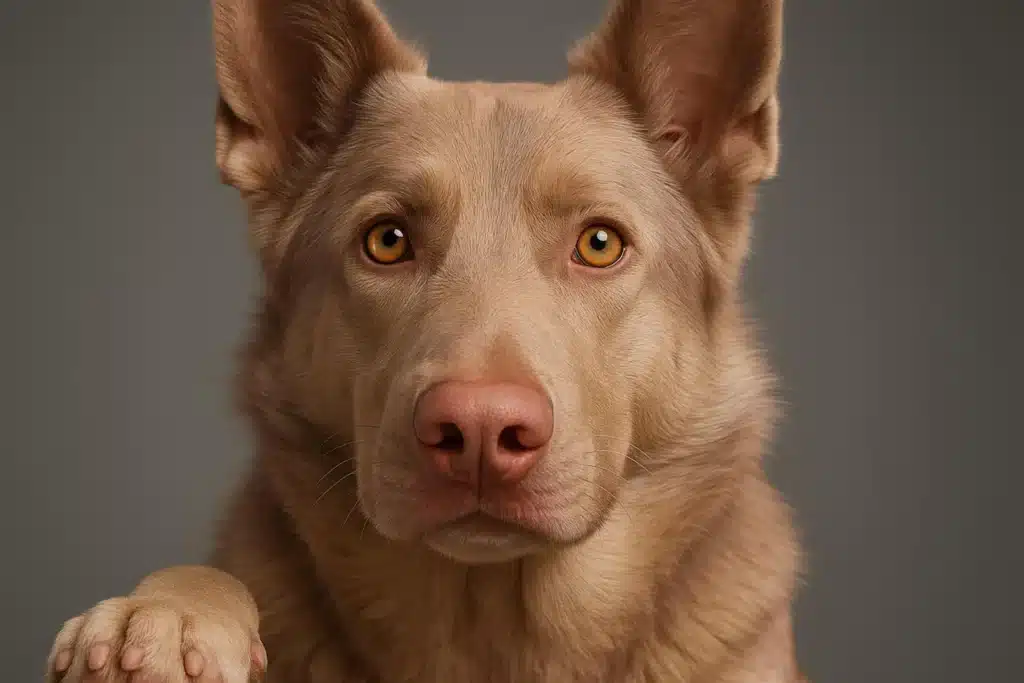
Photos and Physical Traits
- Body structure: still the classic German Shepherd build-strong, athletic, erect ears, and intelligent eyes
- Coat color: soft grayish brown or pale fawn replaces the bold black and tan
- Breed traits: color change does not affect other breed features
Temperament and Personality of Isabella German Shepherds
The color of an Isabella German Shepherd has nothing to do with its behavior or temperament. They show the same qualities as any well-bred German Shepherd.
Behavior Compared to Standard German Shepherds
- Smart and quick to learn
- Loyal and protective
- Often love being with family and are affectionate
- Usually enjoy learning, training, and solving problems
- Can be gentle and friendly, especially when socialized well
- May be naturally protective but usually friendly once introduced
In other words, they are just like other German Shepherds in personality.
Suitability as Family Pets and Working Dogs
Isabella German Shepherds make good pets for families and also do well in work. They bond closely with people and, if taught properly, are gentle with kids and other animals. Their intelligence and energy make them good for many activities, from playing with children to working alongside people:
- Good with children and other pets if socialized early
- Enjoy canine sports, obedience, scent work, agility, and ranch work
- Like to be involved in daily tasks and activities
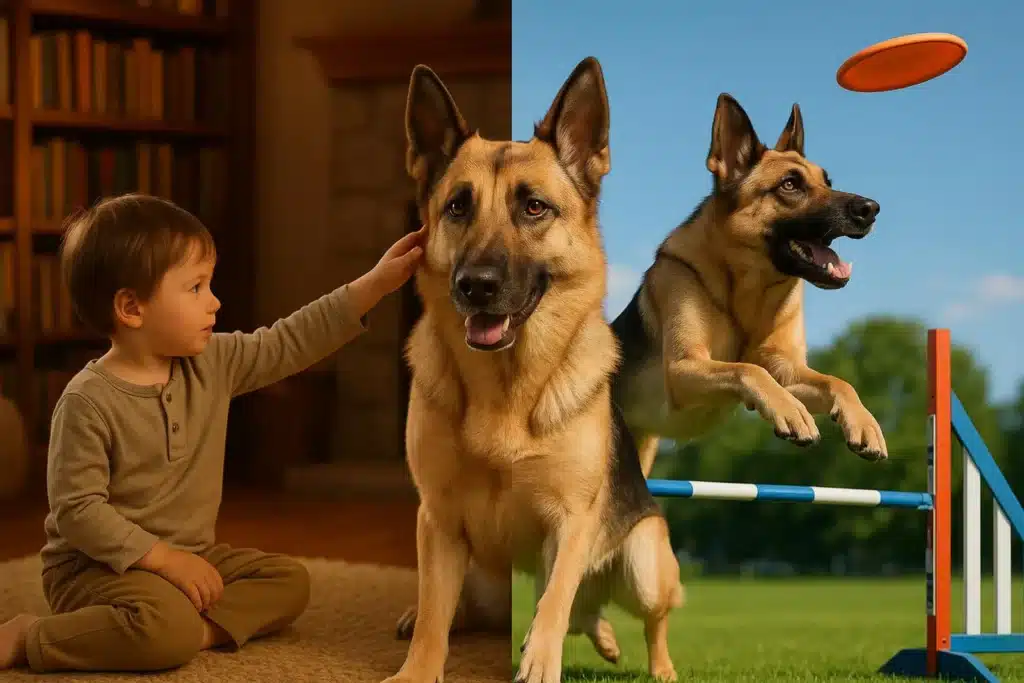
Health Considerations and Risks for Isabella German Shepherds
The special Isabella color does not itself cause health issues, but certain risks are the same for this color as for others in the breed.
Are Isabella German Shepherds Healthy?
Isabella German Shepherds are healthy as long as they come from breeders who focus on strong genetics and overall health. The color alone does not create disease, but poorly bred dogs, regardless of color, may have more health problems. Always ask for health testing information from the breeder.
Color Dilution Alopecia and Other Genetic Concerns
One issue sometimes seen in dilute-colored dogs (including some Isabellas) is Color Dilution Alopecia (CDA):
- CDA can cause patchy hair loss and skin trouble
- It may not affect all Isabellas, but is something to watch for
- Other health issues seen in German Shepherds can include hip and elbow dysplasia, eye problems, and degenerative myelopathy (DM)
- Check that both parents have health clearances for these common problems
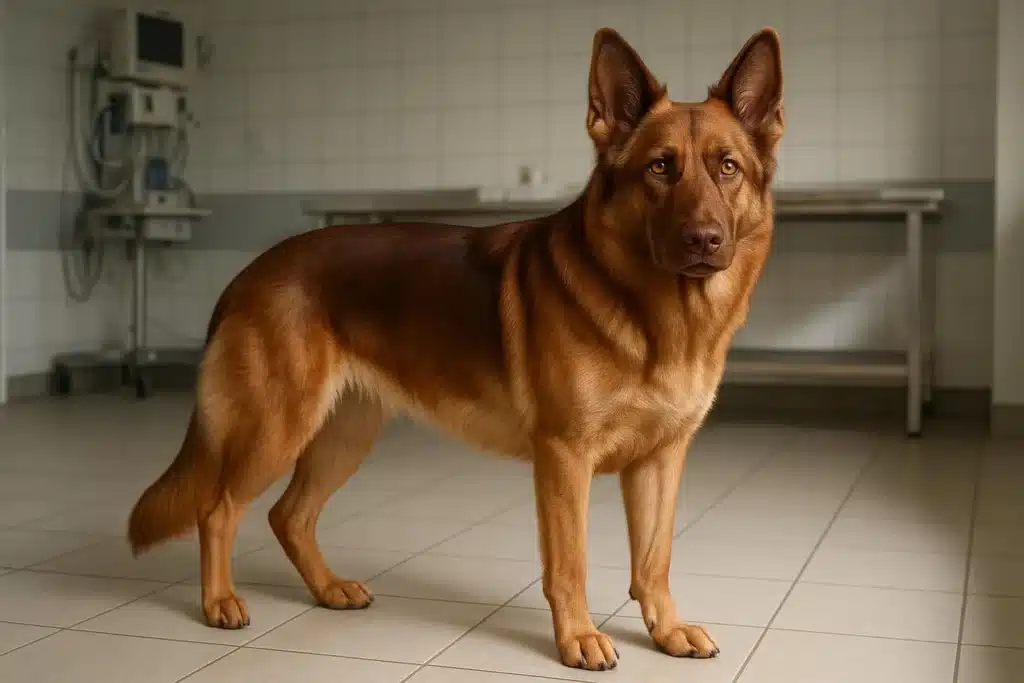
Lifespan and Common Medical Issues
The average lifespan for Isabella German Shepherds is about 9 to 13 years, the same as other German Shepherds. Health depends on genetics, proper food, exercise, and vet care. Some common issues include:
- Hip and elbow dysplasia
- Digestive problems and bloat
- Certain cancers
- Skin issues if affected by CDA
Choose a breeder that provides health checks and detailed information about their breeding dogs.
Care Recommendations for Isabella German Shepherds
Caring for an Isabella German Shepherd is mostly the same as for any German Shepherd, with some attention to their special coat.
Grooming the Isabella Coat
- Brush 2-3 times a week to get rid of loose fur and prevent tangles
- Brush daily during times when they shed more
- Give baths as needed-don’t overdo it
- Watch for any signs of hair loss or skin problems
- Ask your vet if you notice any changes in their coat or skin
Diet and Exercise Needs
- Feed a high-quality dog food meant for big, active dogs
- Talk to your vet about how much and what kind of food is best
- Give them plenty of exercise and things to do-daily walks, runs, or playtime
- Mental activities like training or problem-solving games help keep them happy
- A bored German Shepherd can become destructive
Training Tips for Isabella German Shepherds
- Start training and socializing early
- Use positive reinforcement-praise and treats work well
- Practice basic commands, leash walking, and introduce them to new sights and sounds
- Provide mental challenges like puzzle toys or advanced skills
- Keep training fun and regular for best results
Cost and Availability of Isabella German Shepherds
Because they are rare, Isabella German Shepherds usually cost more and might take longer to find than more common colors.
Why Are Isabella German Shepherds Expensive?
- Hard to produce because both parents must carry the right genes
- Good breeders spend extra on genetic health testing and health checks
- More demand than supply because people want this rare color
- Quality breeders often have waiting lists and higher prices
Finding a Responsible Breeder
- Look for breeders who do health checks, including for hips, elbows, and genetic diseases
- Good breeders care about health and temperament, not just color
- Don’t trust breeders who focus only on rare color or can’t show health documentation
- Ask for proof of health testing and visit if you can
Questions to Ask Before Buying a Puppy
- What health tests have the parents had?
- How are the puppies socialized?
- Can I see where the puppies are raised?
- What is your return policy or health guarantee?
- What vaccinations and deworming have the puppies received?
- Have you seen problems like Color Dilution Alopecia in your breeding lines?
Frequently Asked Questions about Isabella German Shepherds
Can Isabella German Shepherds Be Registered?
Yes, Isabella German Shepherds can be registered with major kennel clubs like the AKC, as long as they are purebred and have the right papers. The color may be listed as “non-standard,” so they may not be eligible for some show competitions, but they can still participate in events for obedience, agility, and more.
Should You Adopt an Isabella German Shepherd?
Choosing an Isabella German Shepherd should be about more than just color. Make sure you can meet the breed’s needs for exercise, training, and companionship. If you are active and looking for a loyal, clever friend, an Isabella German Shepherd can be a great choice. Check breed-specific rescues too, since German Shepherds of many colors sometimes need homes. The most important thing is to be ready for the breed’s energy and intelligence, no matter what color they are.


